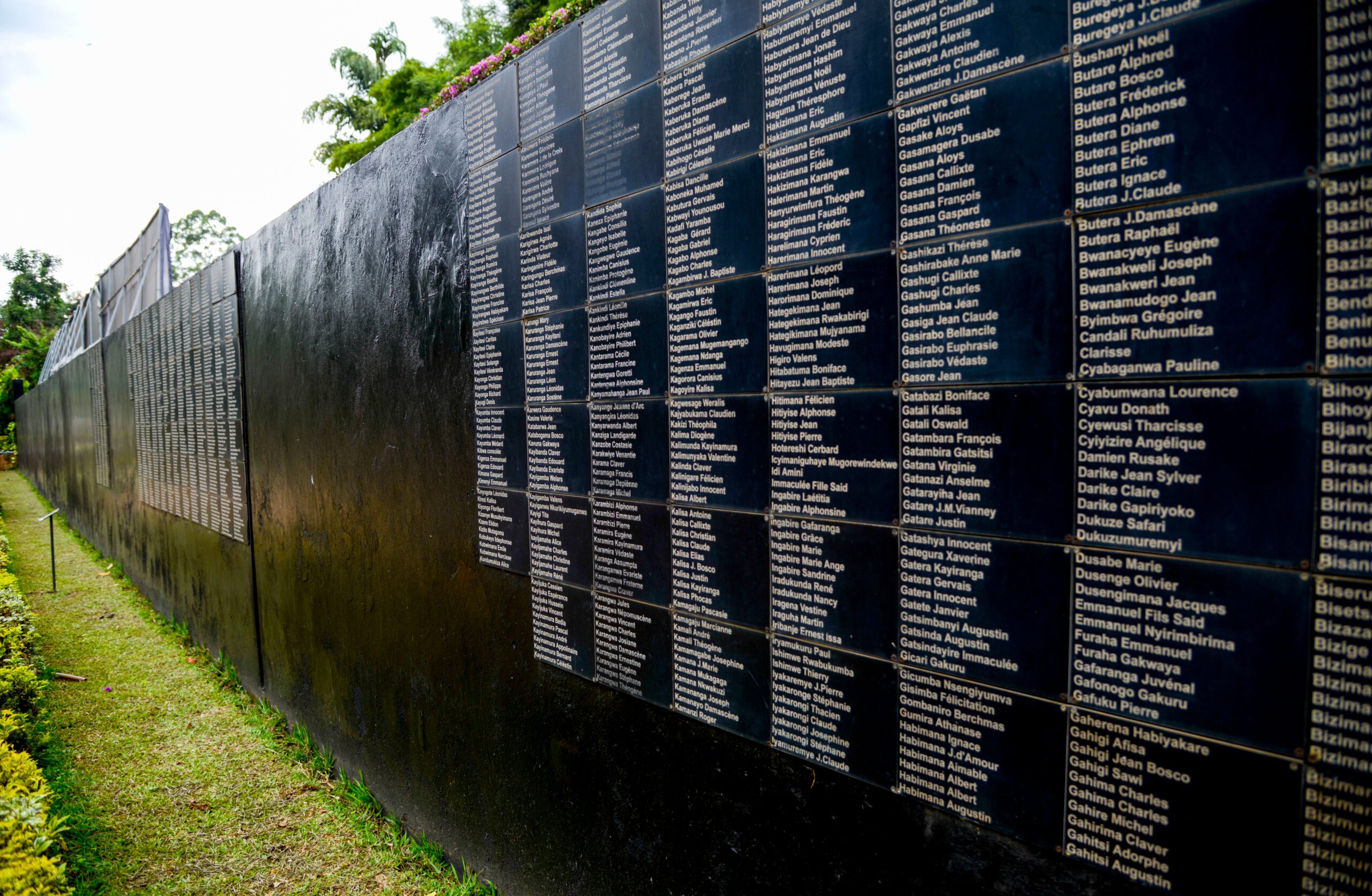To fly into Kigali, Rwanda, is to be confronted with human evil while in town to meet with Christians. The Irony of this location is immense, the city where women and children who had fled into a church were slaughtered for being Tutsi and not Hutu.
The slaughter of a million in 1994 is sometimes called the Rwandan massacre, but a colleague on checking with a Rwandan local had it pointed out that it is now known as the “1994 Genocide against the Tutsi.” This is one place where truth-telling has emerged; the title makes clear who the victims were.
And nowhere more strongly than the Kigali Genocide Memorial, where 250,000 victims are buried.
In the museum, I kept saying to myself, and I think aloud, “I am not sure I want to see this.”
But the ever-polite and helpful guides insisted gently that I go on. And so I did.
But it was frightening how much security it took to be allowed into the Museum precincts with my local taxi driver patiently lifting the rubber pads on the car floor, and the mirror went under the car too. Tension lingers.
What impressed me at the start of the tour was the hordes of young locals, who went around at a halting pace. They read every word. They paused to take it in. All over Kigali are posters saying Kwibuka, the Kinyarwanda word for “remembrance” The signs that Kwibuka with the number 29 mean it is the 29th anniversary of the 1994 massacre. Underneath is the slogan “Remember-Unite-Renew” And a big crowd of locals had come. Pale yellow me. I was a real outsider. This year’s commemoration was the first since Covid.
The massacre came at the end of a complicated tale of a colonial power, Belgium, stoking resentment between social groups. It struck me that the differences between Tutsi and Hutu were more like a caste system than racial. Independence and democracy could not hold back a growing hatred that grew more intense. The history which fascinated the young locals is of slow and deliberate build-up of resentment, serving the interests of politicians after the colonisers left.
There are graphic images in the museum, but they have a right to be there. There are battered skulls and stacked bones. But the room that brought the tears was the children’s room, which described a young child’s hobby, their favour friend … and then the horrible way in which they were murdered.
Another room to linger is the room of family photos donated by survivors in memory of what they lost.
But it was one comment in the video of survivors in the small theatre at the start of the exhibition that woke me up. One young man described how Tutsi were being massacred at the football stadium they had fled to by Hutu militia coming down from the hills around. He described how Tutsi began baptising each other in blood in the name of the Father, Son and Holy Spirit.
They were crying out to God. Their blood still cries out. T
(The story is not over. Picking up a copy of The East African reveals headlines like “1,094 Genocide perpetrators still on the run 24 year later.” That explains the tight security; it is clearly needed.Another heading reads, “Ministry now mulls setting up camps for ex-genocide convicts.” 22,000 handed 25-year sentences are due for release. These long-sentence prisoners are the ones who neither confessed nor admitted their crimes. Some still retain a pro-genocide ideology. Pray for Rwanda.)
Image: Names of some victims of the Rwandan genocide against the Tutsi Credit: Tech. Sgt. Timothy Moore, US Air Force Picture

